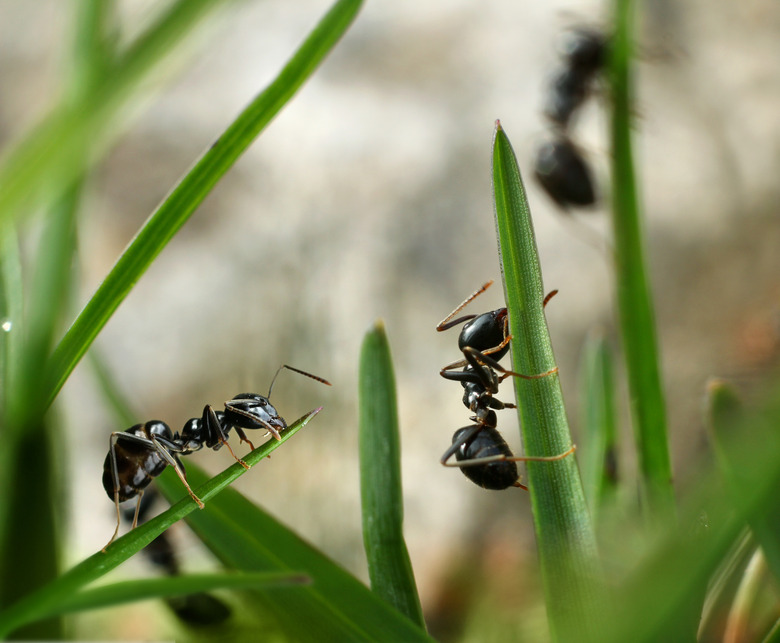List Of Asexually Reproducing Organisms
Reproduction is an essential part of the life cycle of all plants and animals. In order for a species to live on, its members must procreate. But not all species need to mate to create offspring. Asexual reproduction simply means an individual produces another of its kind all on its own, without exchanging genes with another organism through sex. This process is primarily found among plants, microorganisms, insects and reptiles. Here's a list of organisms able to asexually reproduce.
Asexual Reproduction Types
Asexual Reproduction Types
Biologists recognize several forms of asexual reproduction:
- Budding: An organism produces small buds, or outgrowths, that break away from the parent.
- Fragmentation: An organism breaks into pieces, and each piece grows into a new individual.
- Fission: A single-cell organism divides into two or more similar daughter cells.
- Parthenogenesis: Offspring develop from an unfertilized egg.
- Vegetative propagation: New plants grow from specialized parts, such as tubers or bulbs that break off from the adult plant.
- Spores: Reproductive cells develop into new individuals without
combining with another cell. Spores develop into either a small versionof the parent or another phase in the organism's reproductive cycle.
Asexual Microorganisms and Animals
Asexual Microorganisms and Animals
A wide variety of microorganisms reproduce asexually. Protozoans, bacteria and a group of algae called diatoms reproduce through fission. The simple microscopic animals known as cnidaria, and the annelids, also called ringworms, reproduce through fragmentation. Biologists have discovered nearly 70 species of vertebrates that can reproduce parthogenetically, including frogs, chickens, turkeys, Komodo dragons and hammerhead sharks.
Plants That Reproduce Asexually
Plants That Reproduce Asexually
Asexual reproduction among plants is called apomixis, which means without mixing. Biologists theorize that plants developed asexual reproduction as a way of colonizing a large area in harsh conditions in environments such as arctic and alpine.
Strawberries reproduce through horizontal stems called runners. Dandelions and blackberries reproduce through seeds that form asexually. Ferns and mosses reproduce through spores. Some trees, like the ones that grow seedless navel oranges, can only reproduce with the help of humans who cut off part of the tree and plant it.
Asexual and Sexual Reproduction
Asexual and Sexual Reproduction
Some species reproduce both sexually and asexually.
Aphids reproduce through parthenogenesis in the spring and summer when environmental conditions and the food supply can support rapid population growth. When resources are limited in the fall and winter, they reproduce sexually.
Among some species of ants, wasps and bees, the type of reproduction determines the sex of the babies. For example, unfertilized bee eggs produce males, while fertilized eggs produce females.
Tiny aquatic organisms called rotifers reproduce parthenogenetically in the spring and summer. However, their eggs only produce females. In the fall, they produce tiny offspring that lack digestive tracts but produce sperm. These creatures fertilize eggs and hatch a new generation of females in the spring.
Cite This Article
MLA
III, Frank B. Chavez. "List Of Asexually Reproducing Organisms" sciencing.com, https://www.sciencing.com/list-asexually-reproducing-organisms-8758003/. 2 May 2018.
APA
III, Frank B. Chavez. (2018, May 2). List Of Asexually Reproducing Organisms. sciencing.com. Retrieved from https://www.sciencing.com/list-asexually-reproducing-organisms-8758003/
Chicago
III, Frank B. Chavez. List Of Asexually Reproducing Organisms last modified March 24, 2022. https://www.sciencing.com/list-asexually-reproducing-organisms-8758003/
